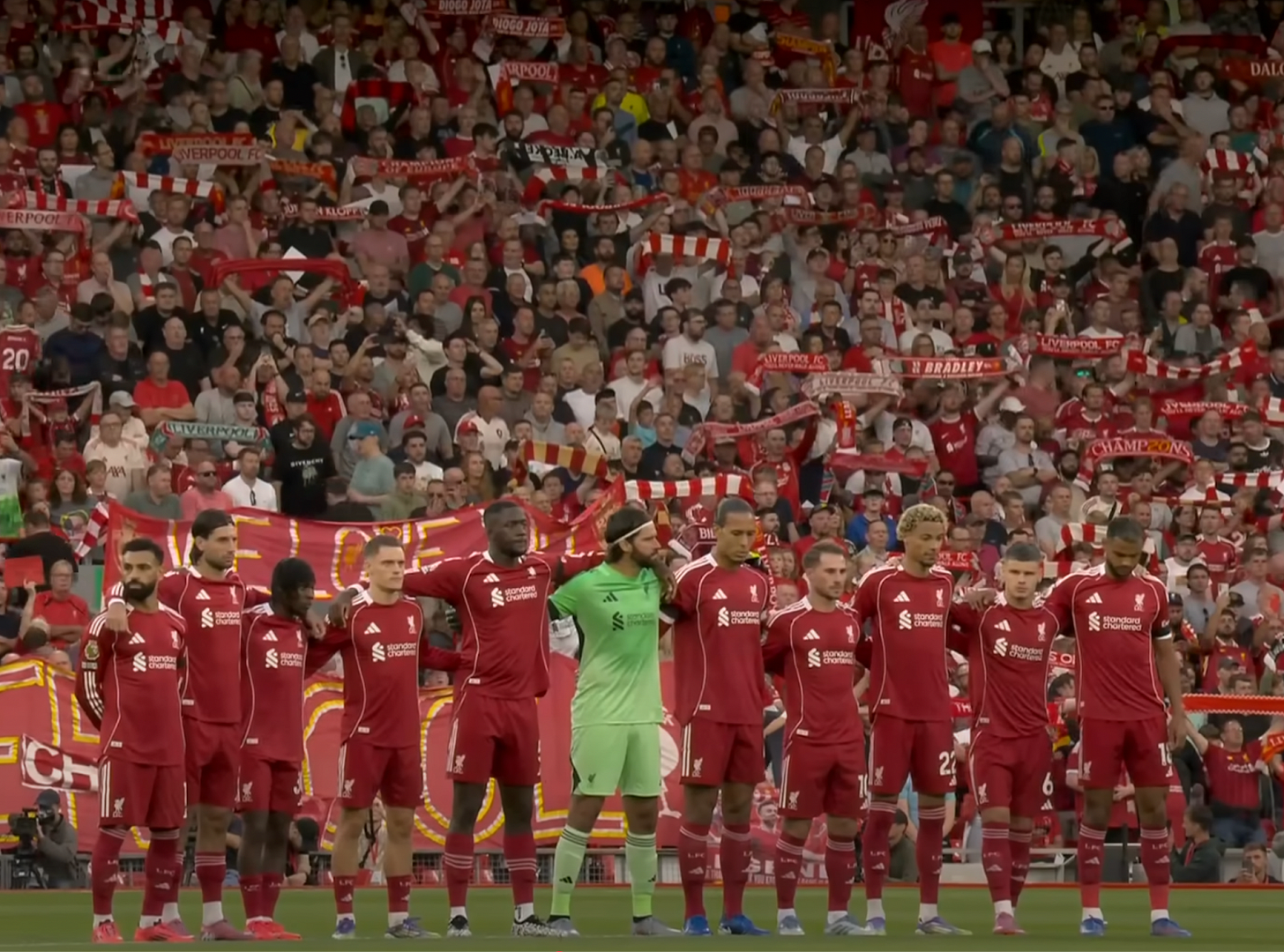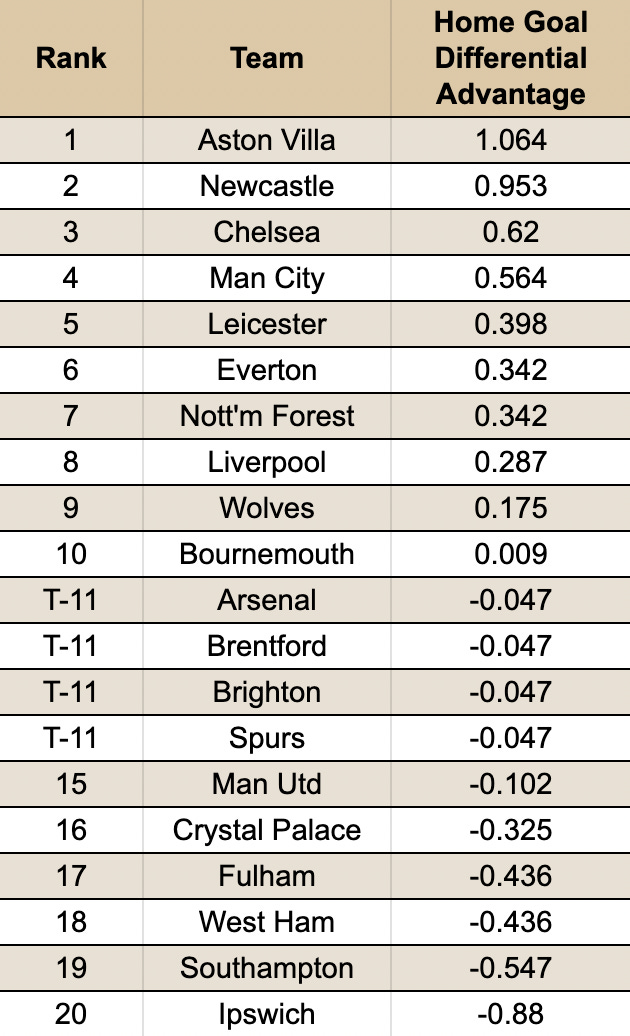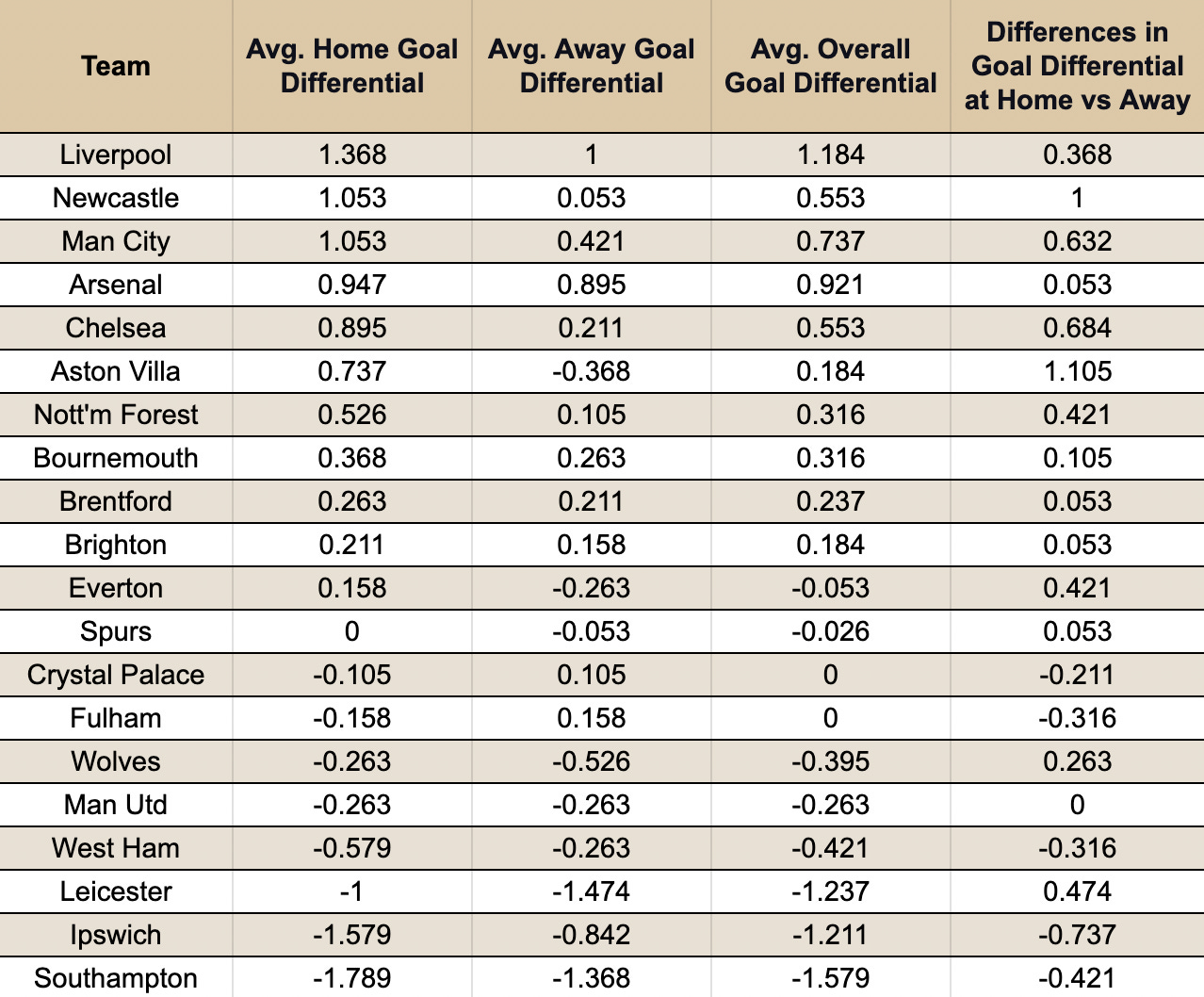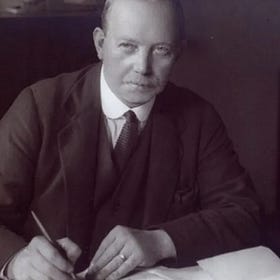Liverpool and the Anfield Cauldron
The effect of playing at home
The new Premier League season started this past weekend, and Anfield hosted the first match. The Liverpool faithful gave an emotional tribute of "You'll Never Walk Alone" for Diogo Jota, turning Anfield into more of a cathedral than a stadium.
Anfield is known as one of the most iconic and intimidating stadiums in world football, famous for its electric atmosphere and the passion of Liverpool’s supporters. The stadium’s heart is the Kop, a massive single-tier stand where thousands of fans sing in unison, creating a wall of sound that can lift the team and unsettle opponents. Legendary European nights at Anfield, such as the famous 4-0 victory over Barcelona, or the Round of 16 match against Bayern Munich when the crowd drowned out the Champions League anthem, make for a coveted bucket list visit.
Qualitatively, there isn't a more difficult stadium to win at for an opposing team in all of Europe. Many current and former players and managers have made similar statements.
Watching Anfield go berserk after two goals at the death of the season-opening victory made me think about how much the stadium and its frenzied fans impact winning. I looked at the 2024/25 Premier League season and gathered the results of each game, home team, and goals scored for each team to create a home advantage model.
The Effect of Playing at Home After Controlling for Team Strength
The home goal differential values in the table below are directly interpreted as the goal differential (home goals minus away goals) a team is expected to achieve when playing at home compared to a neutral field, after controlling for team strength and opponent quality. These values are expressed in goals and represent the isolated effect of the home venue on a match outcome.
As you can see, Liverpool sits in the middle of the pack, which was surprising to me. Still, this score can be interpreted as a modest boost for Liverpool when playing at Anfield.
Aston Villa and Newcastle had a large one-goal bump while playing at home. What may be a 1-0 win on a neutral site might be a 2-0 or 3-1 win at Villa Park or St James' Park.
The Impact of Team + Venue
However, this analysis leaves out the strength of a team. We know that games aren't played in a vacuum of perfect conditions. Ask any player if it's more difficult to play at Villa Park or Anfield, and I bet 10 out of 10 times the answer is Anfield.
For Liverpool, Anfield is just one piece of the puzzle in creating a challenging venue to visit. What creates the perfect condition is the fact that the team is so good. If we consider the strength of the team plus Anfield, the numbers tell a different story, making playing Liverpool at Anfield a near-impossible task for visiting teams.
Analysis of match data without controlling for team strength shows Liverpool's dominance, evident in their overall average goal differential of +1.184 goals across all matches.
Liverpool’s average goal differential at Anfield was +1.368 goals per match, the highest in the Premier League in the 2024/25 season. This reflects their elite team strength and the stadium’s unique boost.
When comparing Liverpool's home performance (+1.368) to their away performance (+1.000), we see a +0.368 goal differential at Anfield. This stadium-specific advantage, above the league average of +0.181, underscores once again the tangible impact of Anfield.
No matter where Liverpool plays, they are going to be difficult to snag a point from, let alone defeat. For opponents, the combination of Liverpool’s world-class talent and Anfield’s intimidating environment creates a near-impossible venue to capture points. That is what makes Anfield such a storied place to visit. However, the devastating combination of team and venue has to be consistent over many years for a ground to receive the lore status of Anfield.
The History of Anfield
The mystique of Anfield dates back to its opening way back in 1884. It was originally the home of Everton. Can you imagine if that was still the case today? At the time, it was less of a stadium and more of a field with bleachers around it. Everton had success with Anfield as its home venue and won a league championship in 1891.
However, in 1892, disputes between the ground owner and Everton led to the team's move to Goodison Park. Everton's former president and the one paying for Anfield, John Houlding, was now without a team. That's when he decided to create his own club, which would become the world-famous Liverpool.
Liverpool quickly worked its way up through the lower divisions in England and won its first of 20 top-flight titles in 1901. As Liverpool kept winning, the seating capacity continued expanding. The famous Kop was built in 1906 and held up to 20,000 fans at the time.
The man who built English Soccer
The history of the man who was involved in building over 48 stadiums in the UK, including Anfield.
Liverpool won a couple more league titles in the early 1900s, but slipped into mediocrity in the early 1950s, eventually being relegated in 1954, spending eight years in the second division. The turning point came in 1959 with the appointment of Bill Shankly as manager. Shankly rebuilt the club from top to bottom.
His success laid the foundation for decades of dominance. Liverpool returned to top-flight football in 1962, won the league title in 1964, and secured their first FA Cup in 1965. Around this time, “You’ll Never Walk Alone,” became the club’s anthem after fans began singing it at Anfield, forever linking it to Liverpool’s identity.
Liverpool’s golden era truly arrived in the 1970s and 1980s, under Shankly’s successors Bob Paisley and Joe Fagan. Paisley guided The Reds to six league titles and three European Cups (1977, 1978, 1981), making Liverpool a dominant force in English and European football.
Throughout the years, Anfield has continued to expand. More recently, expansion and development has pushed capacity to over 61,000 seats where spectators can watch some of the best football in the world.
A world-class team. A rabid fanbase. A large stadium. A winning tradition. All of this creates the perfect storm. It turns a stadium into a living, breathing force in which opposing teams wilt.
That is why Anfield has become one of football’s great venues. It is a place where history, passion, and excellence converge. Where “You’ll Never Walk Alone” rings out as both an anthem and a warning. Where visiting teams know that the margin for error is razor-thin. In the end, Anfield is a symbolic weapon as powerful as Mo Salah's strike of the ball.







You've inspired me to add Anfield to my bucket list!